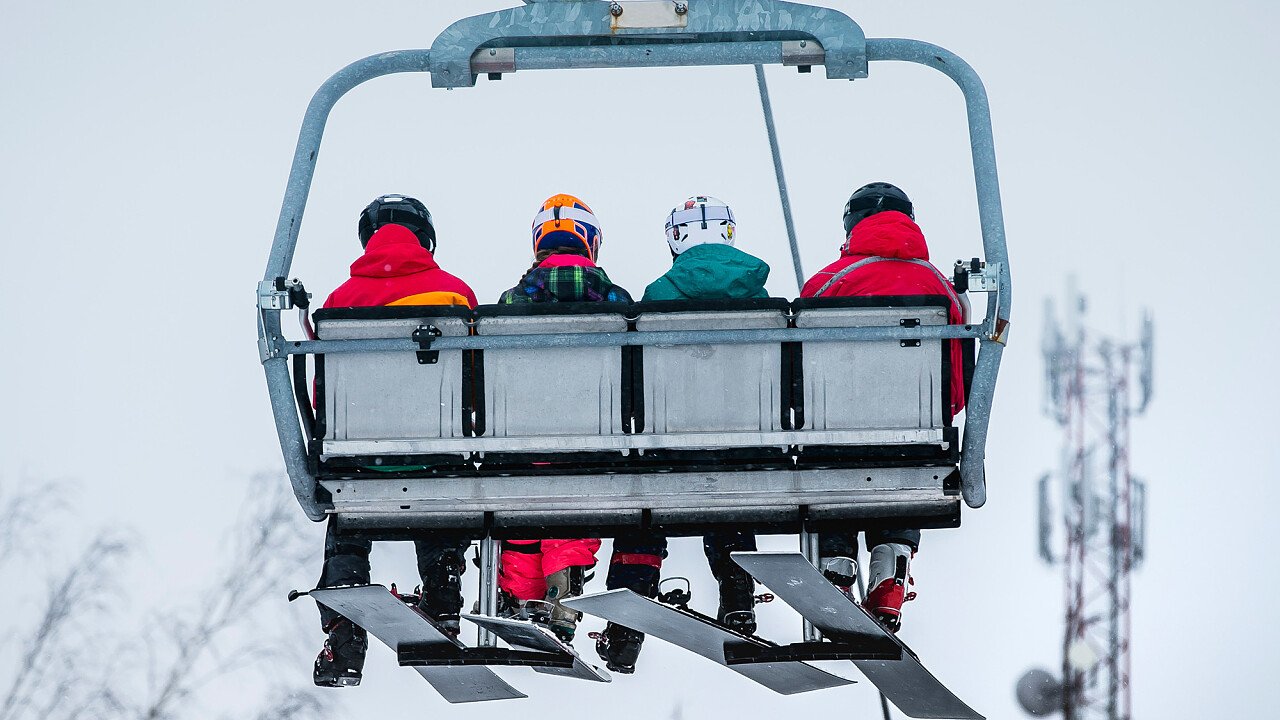Snowboarding was invented by Californian surfers who wanted to surf on snow instead of waves in wintertime. Obviously, the kind of snow that is more likely to recreate the conditions of water is fresh deep and powdery snow, difficult to tackle and appreciate.
So, how can we do it? An essential thing with fresh snow is floating and floating is given by the relation between board surface, speed and rider's weight. And don't forget the rider's skills! A person weighing 75 kg should use a 155/160-cm - long board with a wide shovel.
Speed is another fundamental feature as far as this kind of snow is concerned: the faster we run the better we can follow our route and plan our turns and jumps. At the beginning, we are all quite frightened and we tend to slow down, but this causes the board to sink and stop: so we hardly go on!
If you are a beginner, choose a slope free of obstacles, increase your speed until you feel stable and you see the tip of your board floating over the snow. Put more pressure on the back of the board. Follow the inclination of the turn and let the board do what it is designed to do.
Snowboarding... where?
If you don't want to snowboard on the slopes, there are two alternatives: woods and open spaces.
In woods there are virtually no risks of avalanches, but there are many dangerous obstacles: larches, firtrees, bushes... so, if you are a beginner, avoid thick woods! Emotions are vivid here as the stillness of trees makes you aware of your high speed. And then there is the thrill of skirting the trees and jumping over fallen trunks...it's fantastic!
In open spaces your speed could get too high: consider your limits! Remember that the risk of avalanches is real here.
A good snowboarder needs "iron" calves, so it is important to train them well. This also helps to strengthen ankles, which are fundamental for the management of balance and, consequently, of the board.

